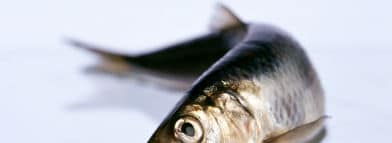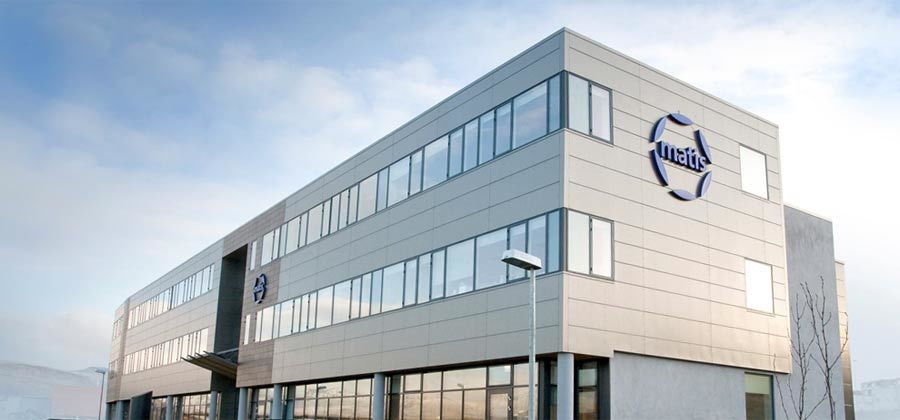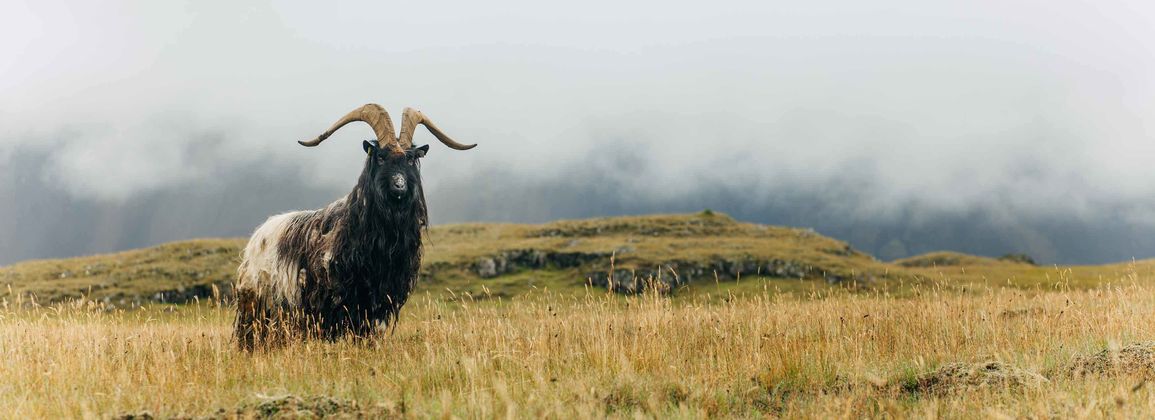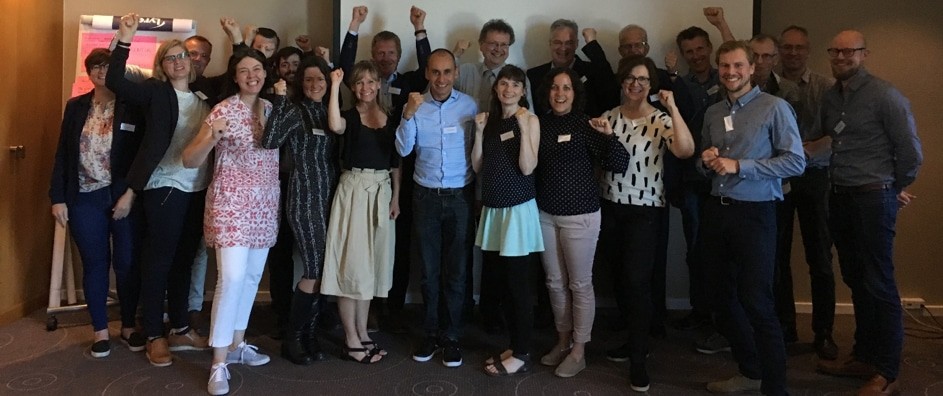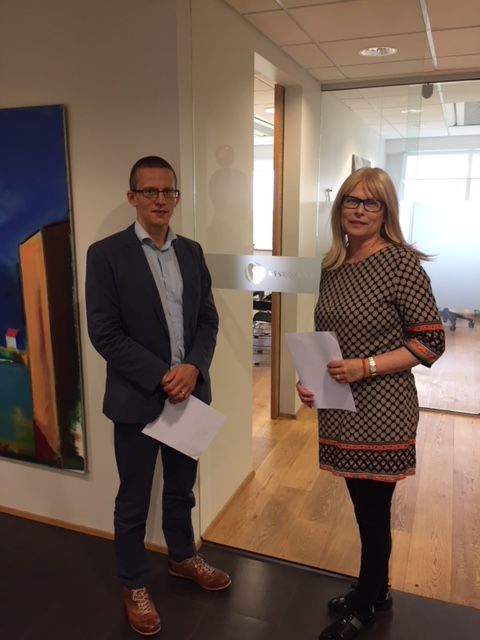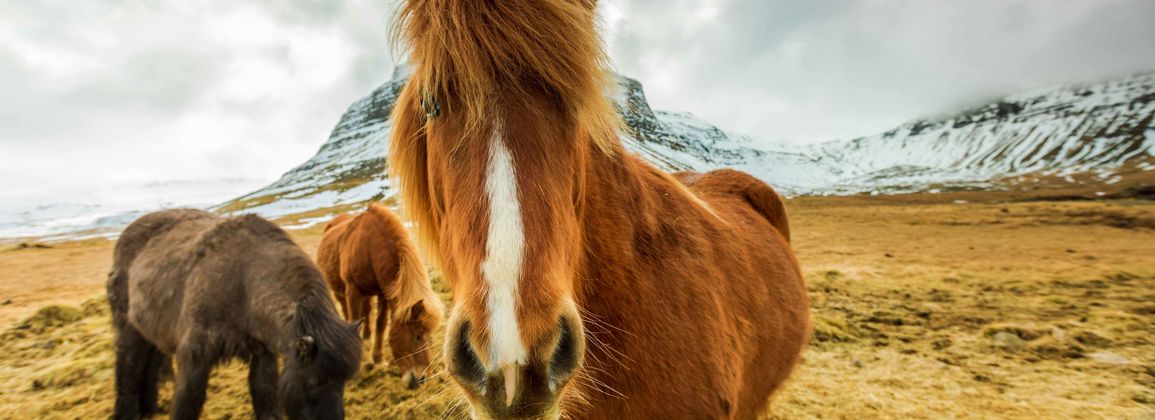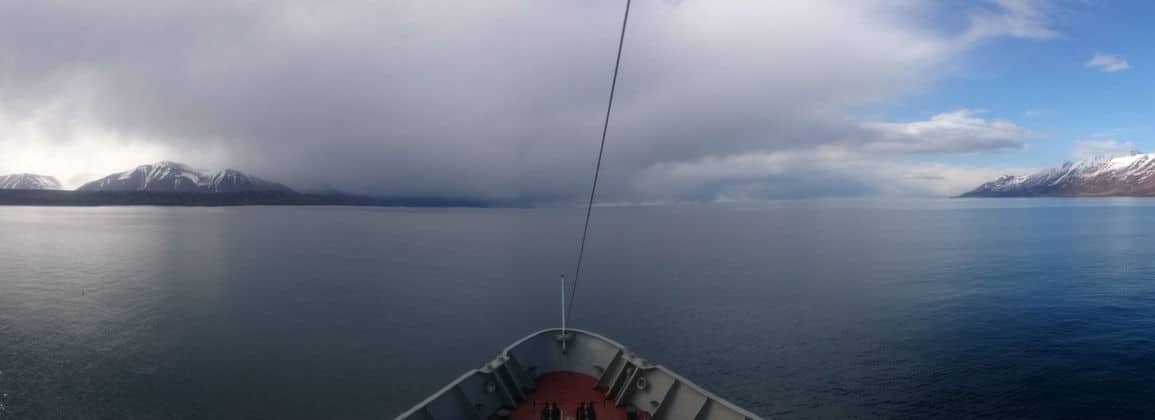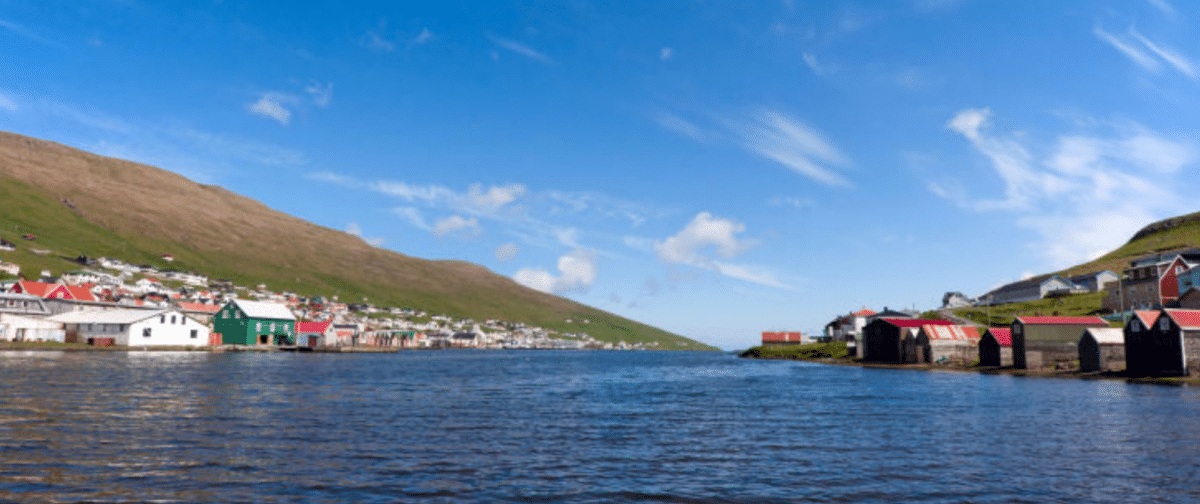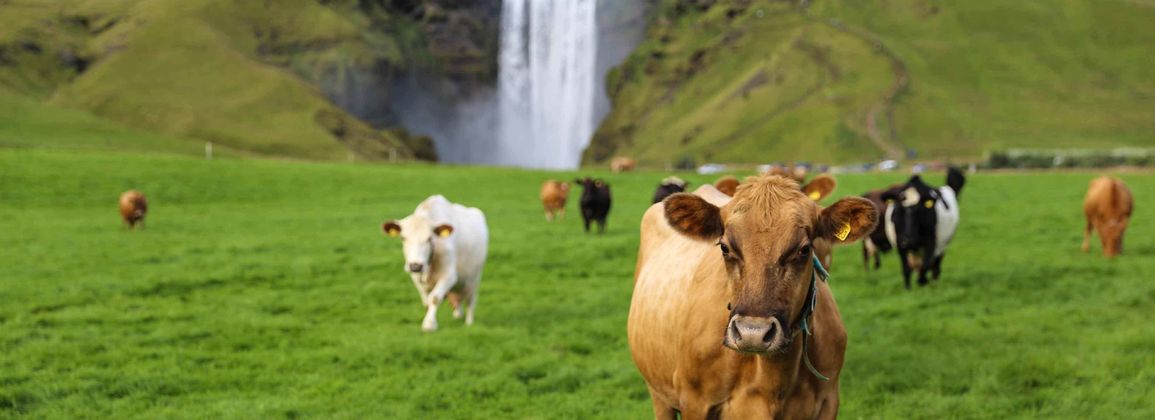Recently, Páll Gunnar Pálsson, on behalf of Matís, received a two million ISK grant from the Association of Herring Fishing to write the Herring Processing Manual. The funds will be used to compile material and, among other things, there will be an unpublished "Herring Processing Handbook" which dr. Jónas Bjarnason, a chemical engineer, compiled new material for the project in the last decade of the last century, as well as materials that were used several years ago for the processing and processing of herring.
The effect of herring has changed dramatically in recent decades, but it is nevertheless important today to have good access to how processing developed, what problems were present and how they were solved in the past.
The knowledge that will appear in this handbook on the herring effect is important in preserving the knowledge of previous years and no less an important part in passing it on to younger generations who want to look to the wisdom of history to create desirable products for modern consumers. This educational material will strengthen knowledge and promote the Icelandic fishing industry and how herring was, is and can be processed in the future.
There is nowhere to find such writings in Icelandic about the action and processes of action of herring. There are various books on the biology and different strains of herring and there is a lot of material that is more or less various historical discussions about catches, huge investments, slack, bankruptcy, collapse, the impact of herring on human life and much more. But there is no summary of the effect from a scientific and professional perspective of the processing and the market.
It would therefore be a great pity if the work of bringing such knowledge as well as the knowledge of dr. Presented by Jónas Bjarnason. In fact, the story goes that Jónas's Herring Handbook contained so much knowledge that various "influential people" in the business had prevented its publication in its time, and therefore it had never been published.
There is almost complete material available, which is a child of its time and needs considerable rewriting. You need to work in Jónas' gallery to find the pictures that belonged to this project. They are not in computerized form yet and in addition graphs and diagrams need to be remade. So, although the material seems at first to be fairly clear, it all needs to be thoroughly reviewed and linked to changes in the processing methods and effects of herring in recent years.
The herring processing manual will be published in digital form, like most of Matís' other educational material.

